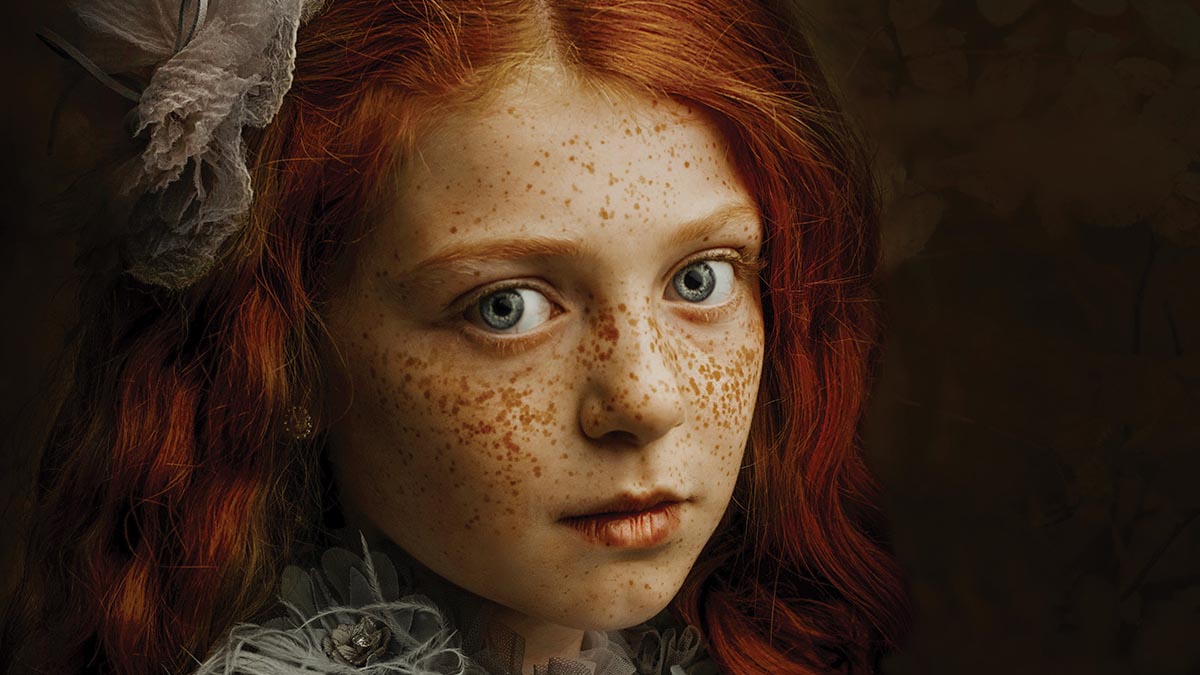Smooth Synergy Produces Fine Art Child Portraits
Ammara Crittenden and Tamara Taylor make dramatic fine art portraits of children.
• September 2020 issue
They just clicked. That’s how Edmonton, Canada-based photographers Ammara Crittenden and Tamara Taylor describe their decision to join forces two years ago to form portrait studio Fox & Gem Photography.
The pair first met at work a few years earlier and became fast friends. Crittenden, a family doctor, and Taylor, a pediatric nurse at the same clinic, both enjoyed photography as a pastime. But it wasn’t until they began shooting together that they discovered, as Crittenden says, “We had such a similar style and approach to photography, especially children’s photography.” In their short time photographing together, their partnership has paid off handsomely. Both are in high demand, and their moody, painterly images have won a slew of awards.
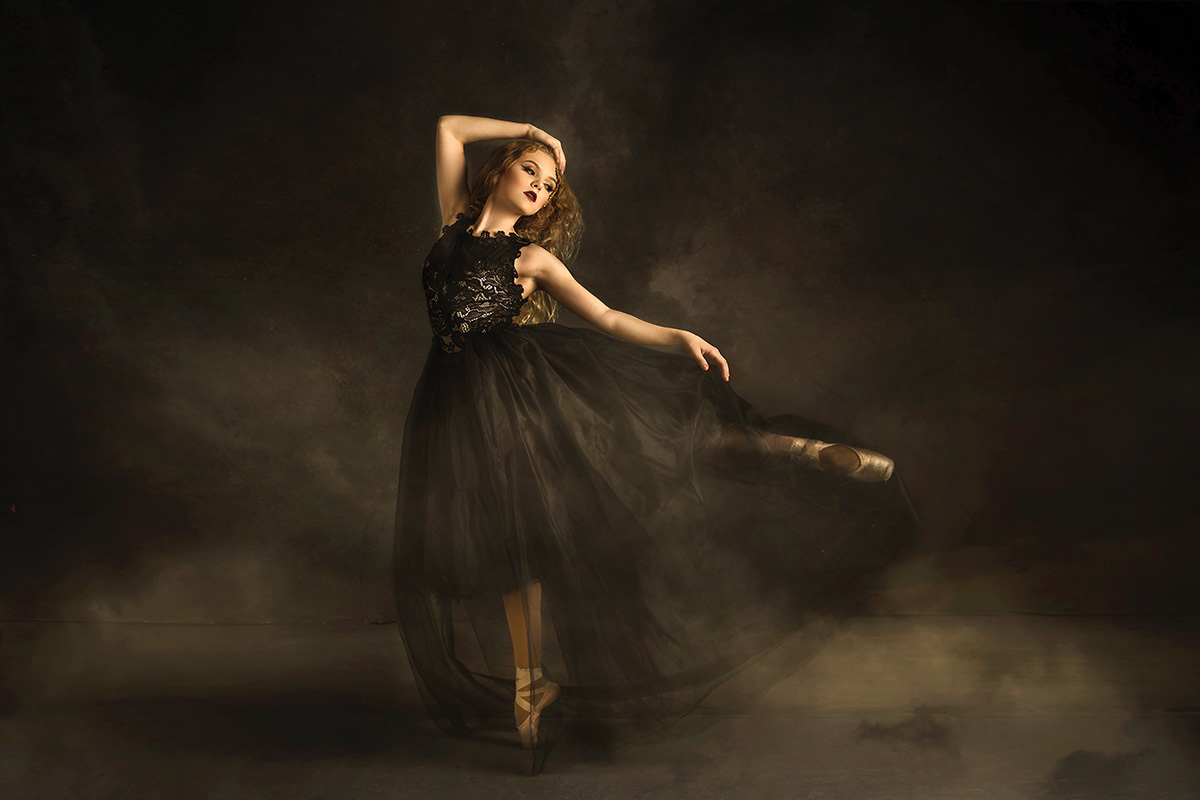
Fox & Gem business is booming, but Crittenden continues to work nine-to-five as a general practitioner while Taylor has recently retired from nursing. How does a full-time doctor also manage to co-run a growing photography business? Crittenden laughs and confesses, “It’s a little crazy, I know. But I really believe that because medicine is such a left-brain business, using my right brain for photography helps me balance myself.” Taylor nods in agreement and adds, “Exactly! Both fields of work actually complement each other; it’s like yin and yang.”
To keep things interesting, the partners change up their work duties. “We alternate between assignments,” explains Crittenden. “On one assignment one of us will do the shooting and editing while the other handles the directing, the lighting, the backdrop, styling, and more. Then, on the next assignment, we switch roles. We know each other so well and what the other one of us is thinking that we often don’t need to speak to one another. We are both after the same thing.”
They offer some hard-earned tips that have helped them turn their one-time hobby into a flourishing business.
Describe your style precisely. “This took us a while to learn,” admits Crittenden with a sigh. “It is very important to make sure potential customers have a very good idea of what our style is. It can be a huge waste of time and a source of disappointment if they don’t know what to expect.” She remembers a client who asked after a photo session to have the images re-edited to make them “more light and airy” or more desaturated. Another said they hoped for something more “beachy.” Crittenden explains, “Our style is more moody and dark. They weren’t happy and neither were we.”
Taylor notes, “We are happy that they know what they want, but if it’s not a look we can deliver, we are quick to say so. No hard feelings.”
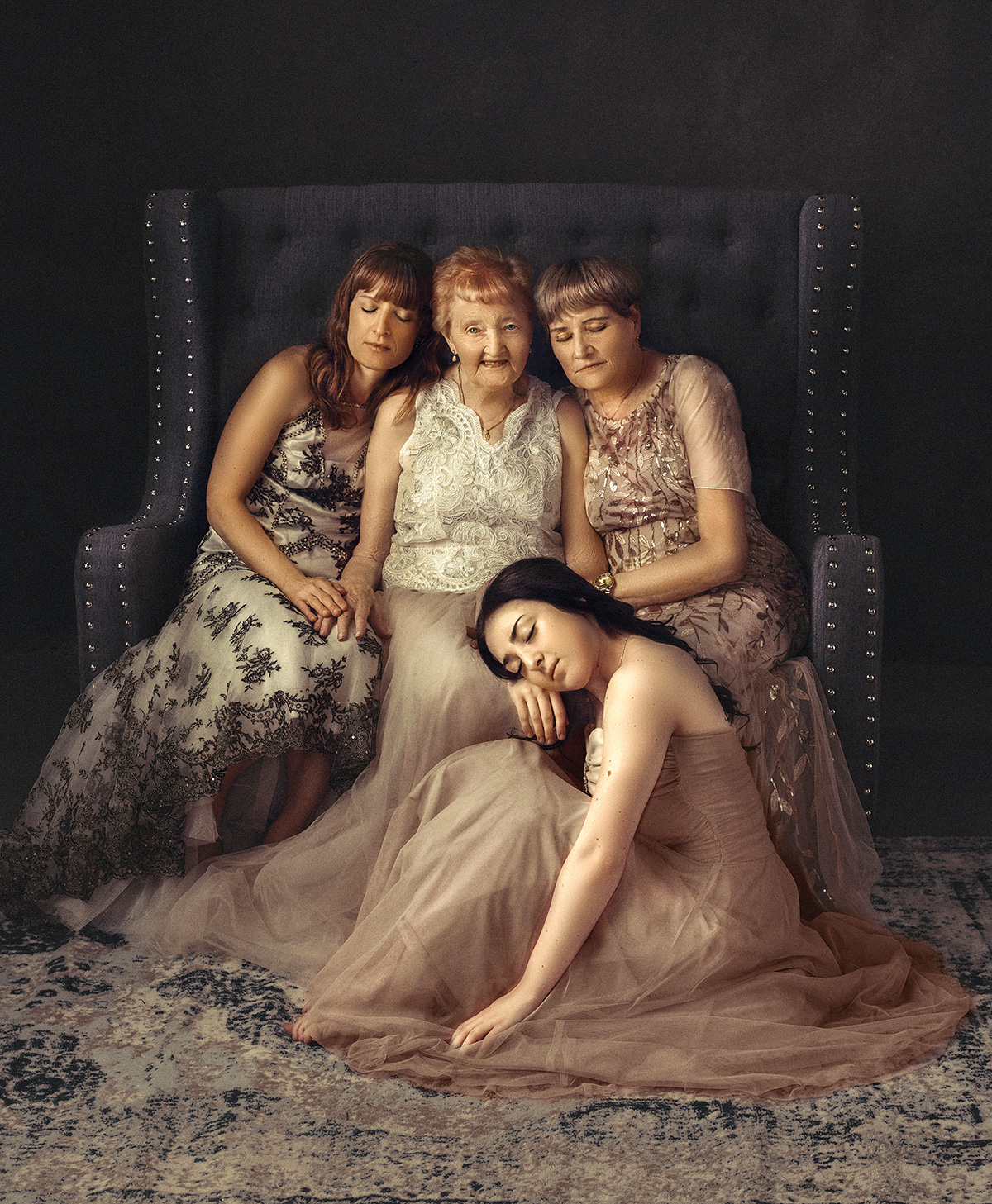
There’s a strategy to how the pair present their work online that helps potential clients determine if they’re a good match for the studio. For example, the Fox & Gem website includes descriptive text along with images so that their artistic vision is clear: “Moody. Dark. Colorful. Rich. Styled. Dramatic. These are words commonly used to describe our images. Why describe our work, when we could let our photographs speak for themselves? Because we don’t want you to hire us—unless you love our style and want it on your walls .... Hiring a photographer isn’t just finding work you like; it’s finding a photographer who creates art that you want to represent you and that you want to have hanging up in your home.”
Forget the posing guide. Every child is different. Some like direction and doing what you ask. “Others,” says Taylor, “will run in like a wild person and then run off like a Tasmanian devil! You never know what to expect, and that’s beautiful. In those first five or six minutes you gauge what kind of a personality you are dealing with, and you can adjust your shooting style to accommodate that personality.”
Adds Crittenden, “If we are trying to pose them and it’s not working for them we don’t press them. We may use the kitty-in-the-tree question. If we are outside we can point to a tree and ask them, ‘Can you see the kitty in the tree?’ It’s a distraction and it gives a 2- or 3-year-old something to do. Or you can ask them to take a spin in their big fluffy dress or get them to sing a little—something that the child would naturally enjoy doing. Or we ask them to look for bugs. That’s a great one because it gets their focus off us.” Says Taylor, “These are all little tips that help us reach their essence instead of trying to create something that is not natural.”
Both photographers agree that a “Smile” request is out of the question. Crittenden explains, “Children are either too young to smile on command or if they are old enough, you get that big fake, self-conscious smile, especially if anyone has ever said anything bad about their smile and made them self-conscious. It’s never a natural smile. It’s the same with the ‘Cheese!’ grin that’s ear-to-ear but is never real.”
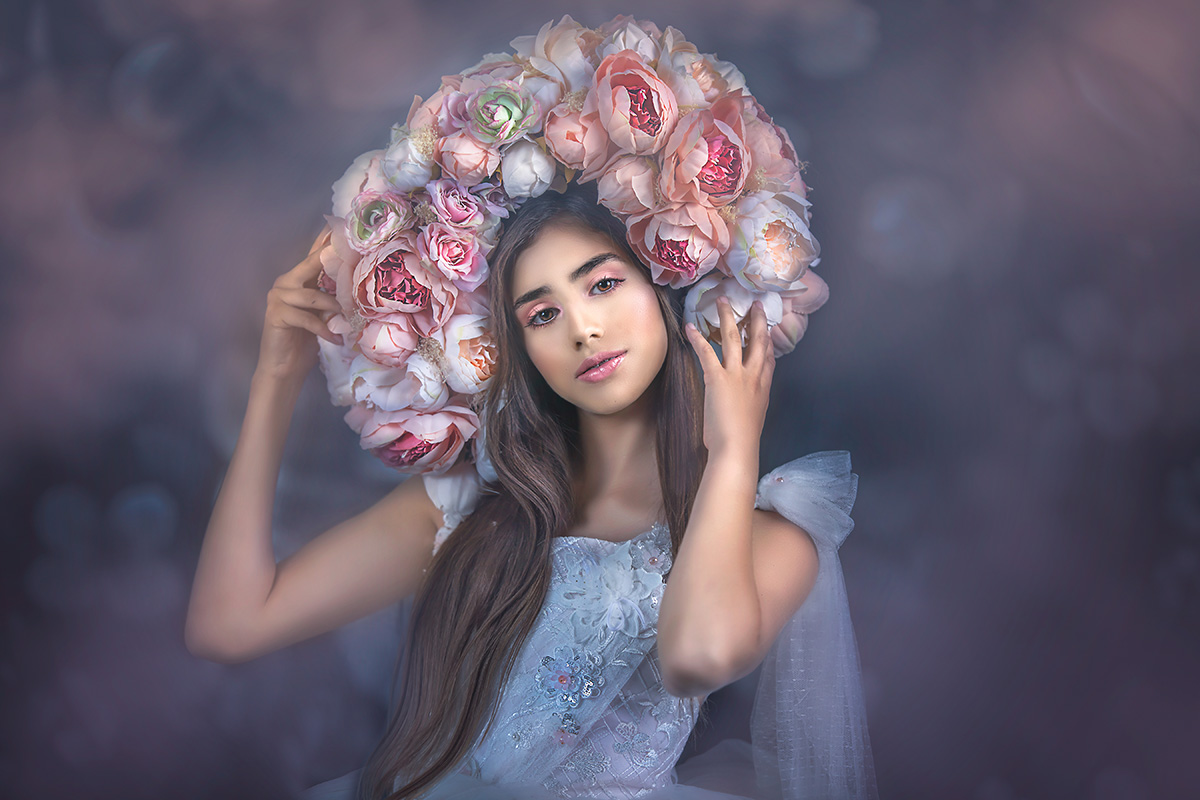
Taylor adds, “If we are after a bright-eyed look we may often get that in a conversation. If that happens we will say, ‘Hold it,’ or give them something to distract them, depending on their age. You can pose older children more readily but it always depends on the child’s personality. Young children are so natural. They haven’t yet learned to be self-conscious. They lose that genuineness as they get older. It is so hard to pose children for exactly that reason; you can tell when a smile or expression is fake and not coming from the child.”
Learn to listen. Figure out what interests and energizes the child, and draw from that. For example, if a child likes princesses and dancing, ask them to twirl. That helps them forget about the camera. There’s a light inside of them; you just have to figure out how to find it. A genuine connection helps; never force anything.
“It is also important to know when a child has reached their limit and it’s just too much posing,” says Crittenden. “Children have short attention spans; expecting a 3-year-old to pose for 15 minutes is impossible. So you try to build that rapport, create some interest, get the shots you can and get them out of there within 5 to 10 minutes. We want them to leave on a happy note.”
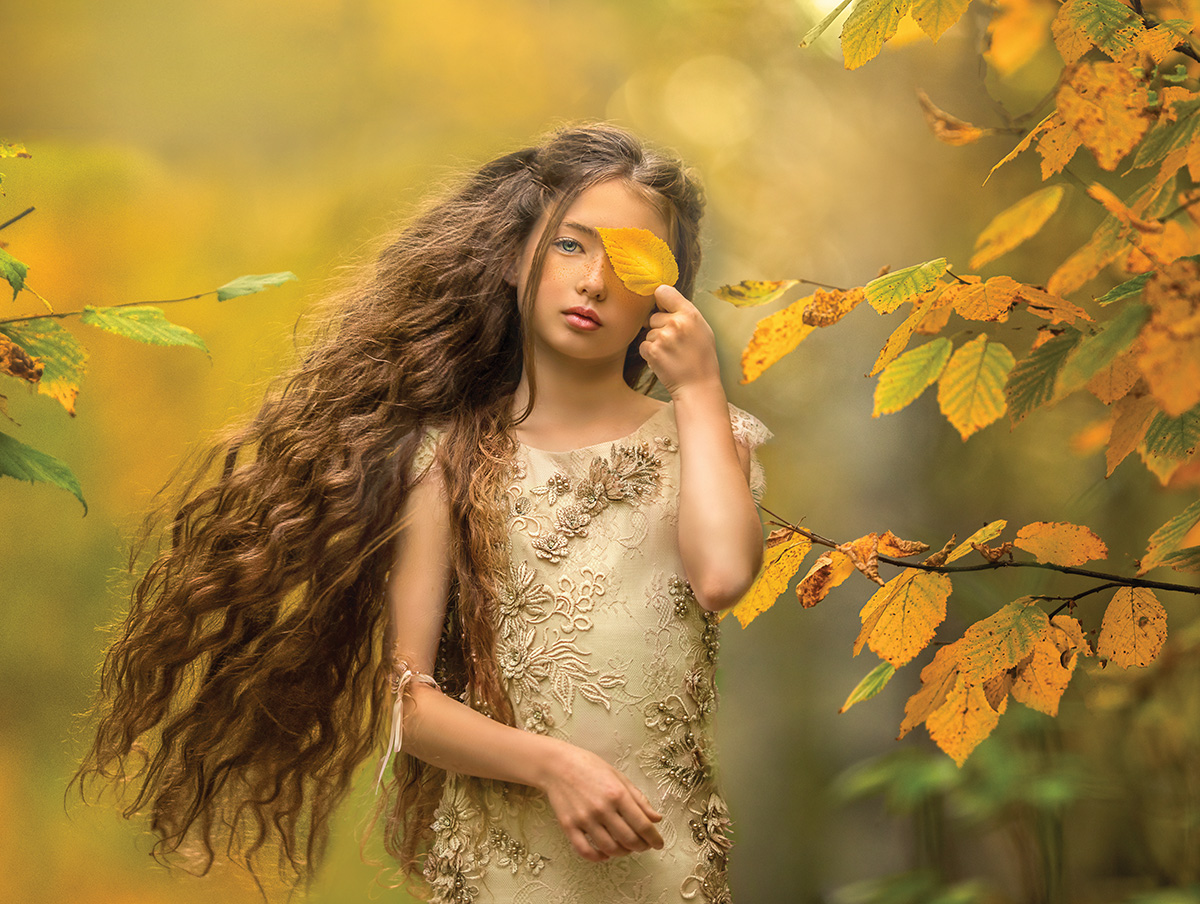
Photograph through the moment. This, says Taylor, is especially important with unpredictable children. Some of the best images are those in between moments. For example, after a child has done a dance move, you may catch that dress flying and that smile on their face. In between shots are often favorites with parents as well. “We only have a limited time with children, so our shutters are going almost nonstop,” Crittenden explains. “I wouldn’t say we overshoot—average sessions include 200 to 300 images—but when we have a good scenario, say when a child is happy, you just don’t know what frame is going to be ‘the one.’ It’s not at all like commercial photography where everything is very structured and specifically placed. This is very unpredictable. So with that unpredictability we have to be ready for anything.”
Get it in camera. Crittenden and Taylor get requests to teach their methods in workshops. “The request we get most often is for help with post-processing,” says Crittenden. “It seems that many photographers are anxious to achieve our look and ask for editing advice to do that.” But there are no shortcuts. Says Taylor, “People think that you can fix anything in Photoshop but that isn’t true, especially if you are looking for something that looks believable or authentic. It’s much more important to get your image right in the camera and not rely on editing to fix images. Editing is merely the cherry on the top of the cake. Great lighting, composition, highlighting, styling, location—these are the things you need to get right in camera.”
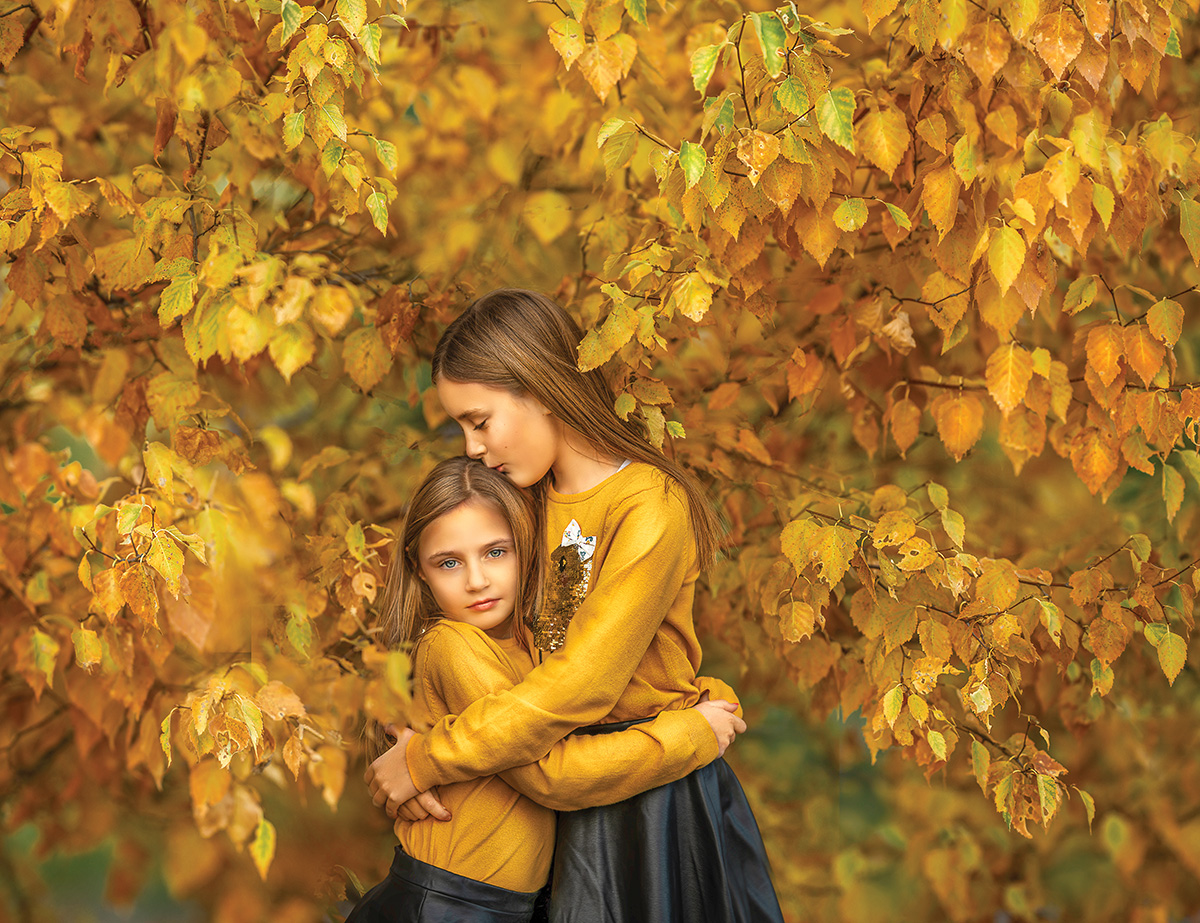
Work with parents. “Hovering parents are rarely a problem, and we like to keep them busy; holding a light perhaps or being on standby with a water bottle or a blanket if they need to warm a child up,” says Crittenden. “Some parents need to be kept busy so they don’t focus too much on their child. Also, if they have something to do they will feel productive and part of the process.”
Because the pair often stage sessions outside with a long lens, such as a 200mm, they like to keep the parents relatively close to the child. “Every child feels better, safer, if his or her parents are nearby,” says Taylor. “Parents will also help shy children get out of their shell a little bit more.”
Break the rules. Both photographers agree it’s important to know you can bend—even break—the rules of good photography. Many photographers assume parents want to see their child with a smile and bright, open eyes. “Some children make eye contact so beautifully. They just have that soul-searching eye contact. But not all do,” says Taylor. Feel free to go your own way. “In fact, there’s also a beauty to a shot of a child with closed eyes,” she says. “There is something about that moment of peace when they close their eyes naturally, and there is something else that comes out. It is their inner peace; that’s what you are reading from that closed-eye shot.”
Feel free to write some of your own rules. You may be amazed at what you discover.
RELATED: Immerse yourself in a gallery of Fox & Gem portraits
Robert Kiener is a writer in Vermont.

